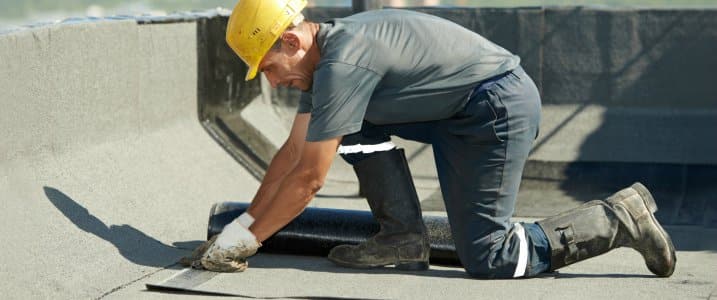
Value engineering is a strategy that enables contractors to repair roofs in a way that saves money, benefits the environment, extends the roof’s warranty, and makes future budgeting easier. Sound too good to be true? Value engineering accomplishes all these benefits by replacing only what needs to be replaced, salvaging reusable material, and by factoring in the life expectancy and primary use of the building. Learn if this strategy could be right for your next project.
Value Engineering: Precision Re-Roofing Begins With Building-Wide Inspection
After 15-20 years, some aging roofs need to be completely replaced, but many times, building owners can save money and resources with a re-cover. A re-cover replaces the roof’s failing components with new materials, but it doesn’t completely remove all the components of the existing roof.
Value engineering enables contractors to critically assess which parts of the old roof can still serve a functional purpose. The process starts with an analysis of the entire building, not just the failing roof, so that the contractors can accurately determine what material can be salvaged. Questions the contractors will ask at this phase include:
- How is the building used?
- How long does the owner intend to keep it?
- How is it occupied?
The answers give the contractor a clear picture of the roof’s requirements and enable him or her to evaluate the roof’s condition with these needs in mind.
Making the Most of Old Materials: Great Savings
The key to value engineering is to reuse every possible part of the roof and replace only the materials that are no longer functional. Contractors have to analyze:
- Whether existing mechanical penetrations can be incorporated into the new roof.
- If metal, such as coping and gutters, remains in acceptable condition and can be salvaged.
- Whether certain sections of insulation have maintained their R-value and can be reused.
Every salvaged and reused item is one less item that ends up in a dump, and one less item the owner must pay to replace.
Of all the components, insulation is the most important material to recover when possible. Unless it shows anomalies or is otherwise compromised, insulation — which is secured between the outer membrane and the deck below — can often be reused. Even if the entire membrane needs to be replaced, salvaging and reusing insulation prevents waste and the cost of new polyiso boards. As an added bonus, the roof will get a new, full warranty, even though some of the insulation remains the same.
At its core, value engineering comes down to making sensible decisions that conserve materials and are in line with the building owner’s goals. With a clear assessment of the building’s purpose, and a fair evaluation of the materials, building owners and contractors reduce waste – both environmental and budgetary. A value engineered re-roof ensures the building owner has a roof that will protect his or her building and a full warranty, without the unnecessary expenses of replacing perfectly reusable materials.
